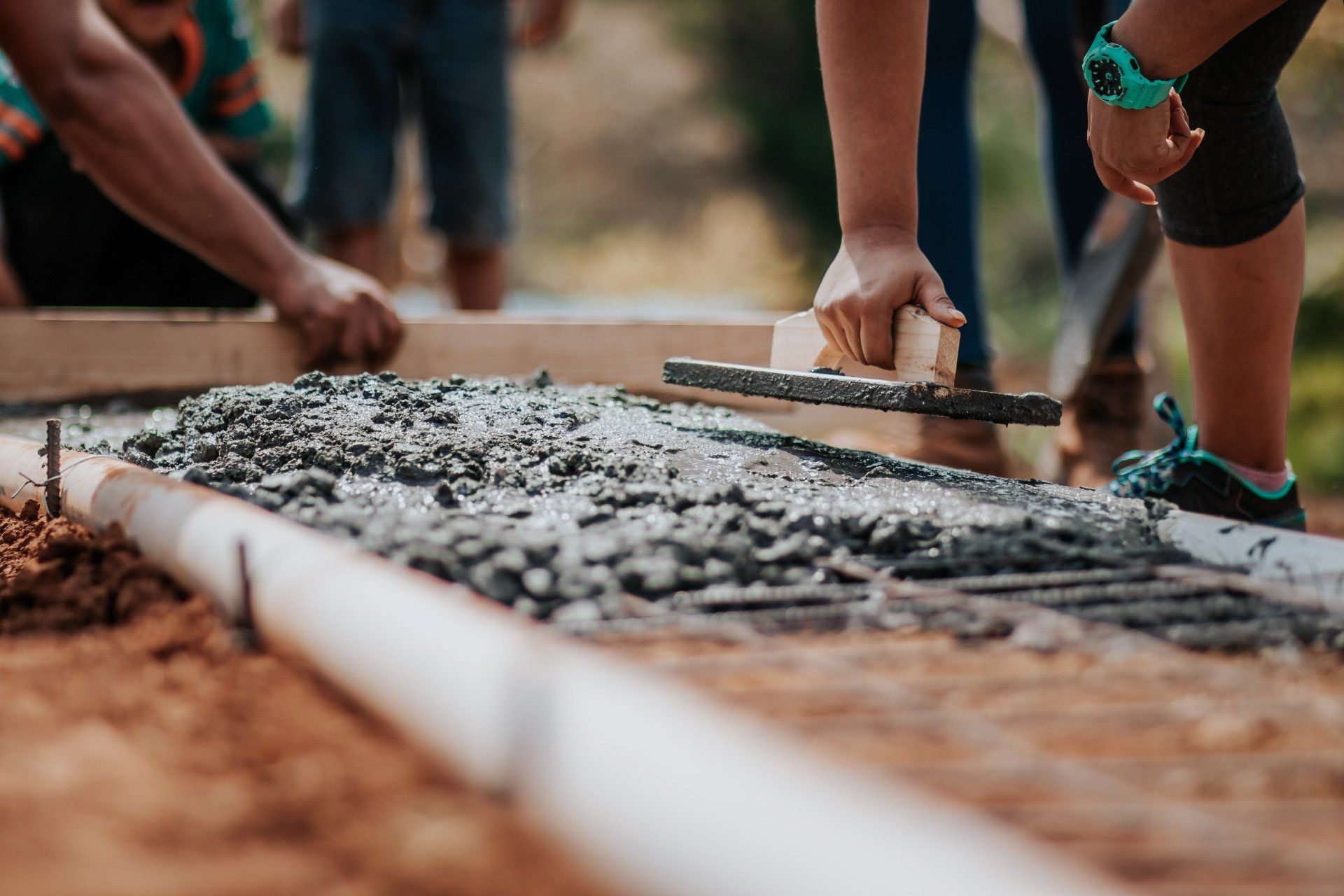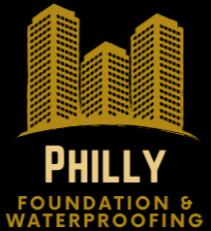Balancing Act: The Science Behind Effective Slab Lifting & Leveling
Ensuring Stability and Precision: A Comprehensive Guide to Slab Lifting Techniques and Technologies
In the world of construction and property maintenance, few tasks are as critical yet underrated as slab lifting and leveling. This process, essential for both residential and commercial properties, ensures that concrete slabs are maintained at their optimal position, free from the dangers of uneven settling or sinking. The importance of slab lifting and leveling cannot be overstated, as it directly impacts structural integrity, safety, and property aesthetics. This comprehensive guide delves into the science and techniques behind effective slab lifting and leveling, offering insights into ensuring stability and precision in every job.

Understanding Slab Lifting & Leveling
Slab lifting and leveling is a specialized procedure used to correct uneven concrete surfaces. This issue commonly arises due to soil settlement, erosion, or compaction beneath the slab. Over time, these factors can lead to significant problems, including tripping hazards, water pooling, and structural damage to the property.
The essence of slab lifting lies in its ability to rectify these issues without the need for complete slab replacement. It is a cost-effective, efficient, and environmentally friendly solution that extends the lifespan of concrete installations.
The Science Behind the Process
The methodology of slab lifting and leveling involves the careful application of pressure and filling materials underneath the slab to raise it back to its original position. This process requires precision, expertise, and an understanding of soil dynamics and concrete behavior.
Materials and Methods
The most common method for slab lifting is known as "slab jacking" or "mud jacking." This technique involves drilling small holes into the concrete slab and then pumping a slurry mixture (typically made of water, soil, sand, and cement) beneath the slab to lift it. Another increasingly popular method is the use of polyurethane foam (polyjacking), which offers a lighter, less invasive, and quicker setting solution.
Key Considerations in Slab Lifting & Leveling
Soil Analysis
Before any lifting is done, a thorough analysis of the soil conditions beneath the slab is essential. This analysis helps in understanding the root cause of the sinking or settling, allowing for a more targeted and effective correction.
Precision Drilling
Drilling holes in the slab for the injection of lifting material requires precision. The size, depth, and placement of these holes can significantly impact the success of the lifting process.
Material Selection
Choosing between mud jacking slurry and polyurethane foam depends on several factors, including the weight of the slab, the extent of sinking, and environmental considerations. Each material has its advantages and specific use cases.
Advantages of Slab Lifting & Leveling
The benefits of opting for slab lifting and leveling over complete replacement are manifold. This process offers a quicker turnaround time, minimizing disruption to the property. It is also significantly more cost-effective, saving property owners considerable amounts in potential replacement costs. Additionally, slab lifting is an eco-friendly option, as it uses fewer resources and generates less waste than a full slab replacement.
DIY vs. Professional Services
While some may consider slab lifting and leveling a potential DIY project, the complexity and precision required suggest that professional services are advisable. Professionals bring experience, specialized equipment, and a deep understanding of the intricacies involved in successful slab lifting and leveling.
Conclusion
Slab lifting and leveling is a critical component of property maintenance, ensuring the safety, aesthetics, and structural integrity of buildings and homes. Through a combination of scientific understanding, precise technique, and the right materials, this process provides a viable solution to the common problem of uneven concrete. Whether addressing minor issues before they escalate or correcting significant unevenness, slab lifting and leveling stands as a testament to the importance of balance and precision in the built environment.
By incorporating the knowledge and insights provided in this guide, property owners and maintenance professionals can effectively navigate the complexities of slab lifting and leveling, ensuring that every slab is restored to its rightful position and maintained for years to come.
Protect Your Investment from Structural Damage, Water & Mold Serving the Tri-Sate Area
PA License #PAHIC169133
DE License #2022707501
NJ License #13VH12234100
Hours of Operation
Mon to Fri 7am to 7pm
Sun to Sun: 7am - 7pm
©Philadelphia Foundation Repair & Waterproofing

